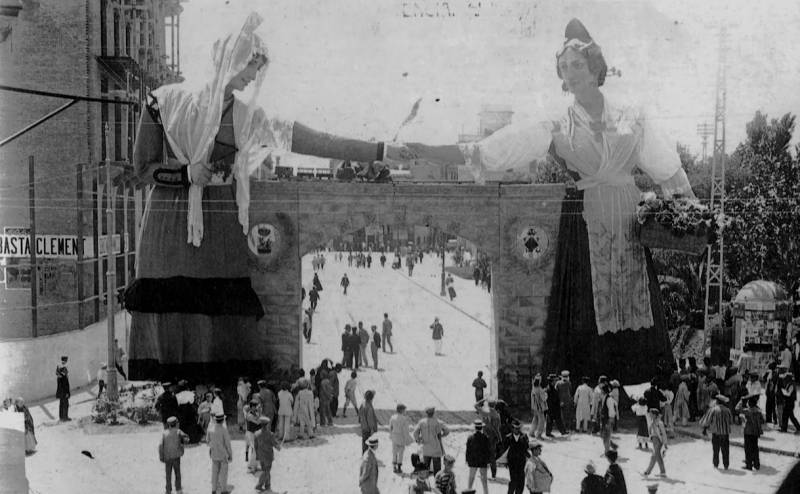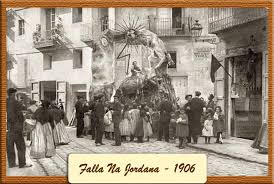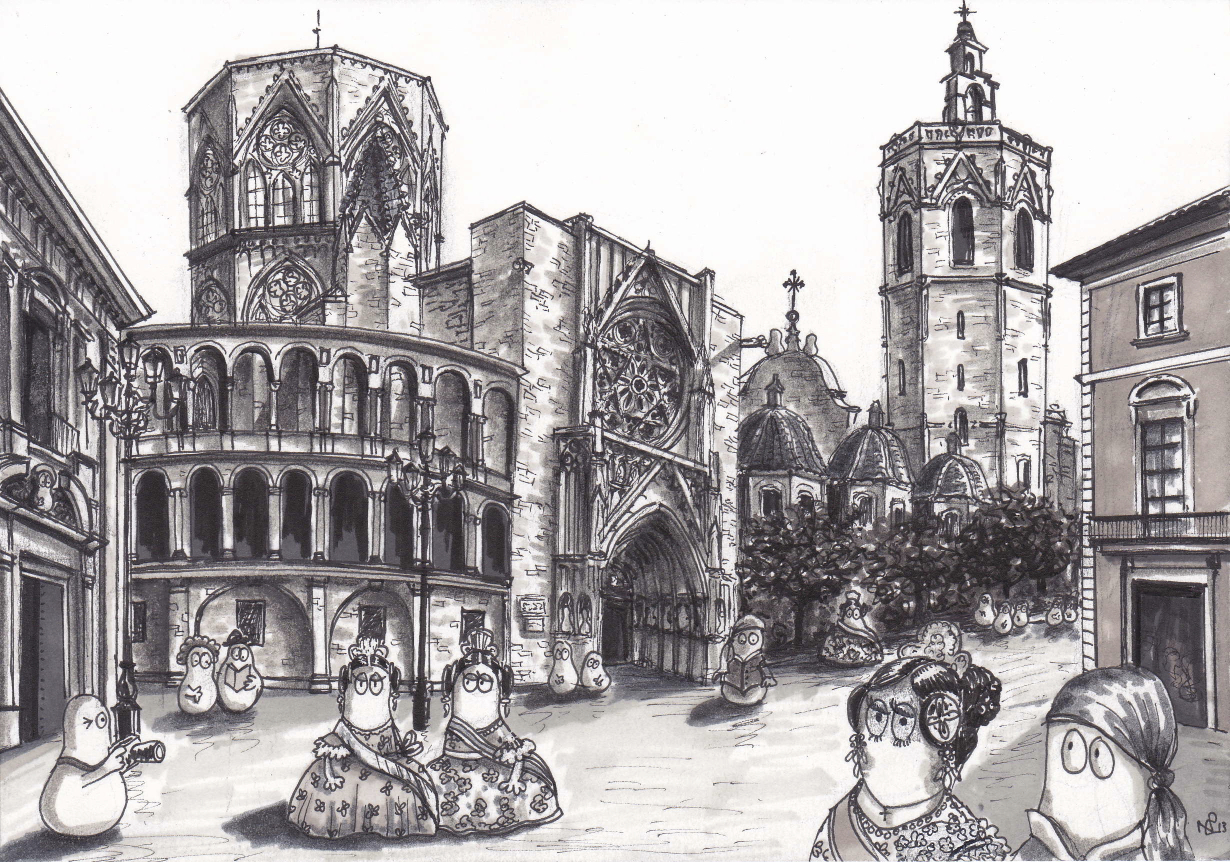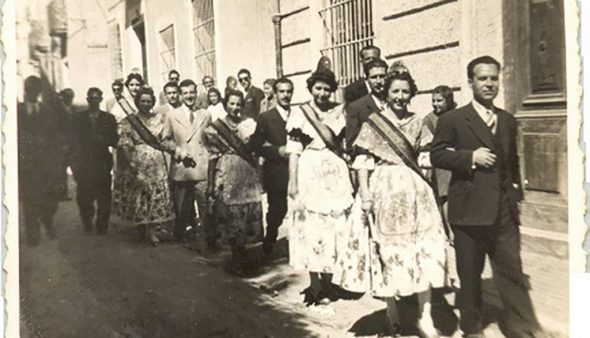It was in the 18th century that craftsmen and carpenters started to burn their waste wood , along with the wooden devices they used to hoist the candles that lit their workshops during the winter months on St. Joseph’s day. St. Joseph is the patron saint and Valencian carpenters.
The fires they made were called “Fallas” . After a few years, they got into the habit of dressing these pieces of wood before actually burning them.
They were shortly followed by the locals who started to burn their old furniture and eventually, over the years, this custom became a very popular celebration.
But the clergy and the bourgeoisie did not endorse this popular festival and expressed their displeasure! So, little by little, the people, in addition to burning the old furniture, began to make figures, representing the rich and party-pooping people and they too were added to the flames.
Around 1870, popular festivities such as Carnival and the Fallas were actively repressed. This pressure gave rise to a movement that defended typical traditions in 1885, with the creation of a magazine, “La Traca”, which nominated the best Fallas. This led to competition between neighbours and gave rise to artistic fallas, which maintained their critical spirit combined with an aesthetic appeal.
In 1901, the Town Hall of Valencia itself granted municipal prizes to the best fallas. This marked the beginning of the union between the people and political power.
In 1929, the first contest to promote the festivities was held and the Fallas Week was created in 1932. During these years, the Fallas became the main festivity in the Valencia Region, with over 700 large and small fallas being burnt in Valencia alone.
Nowadays the Fallas are considered to be the festival expressing the Valencian culture where the ephemeral sculptures which are burned at the end of the festivities, have become gigantic and spectacular works of art, and which feature along with the with the music, fires, celebrations of this grand popular festival which lasts for 4 days.
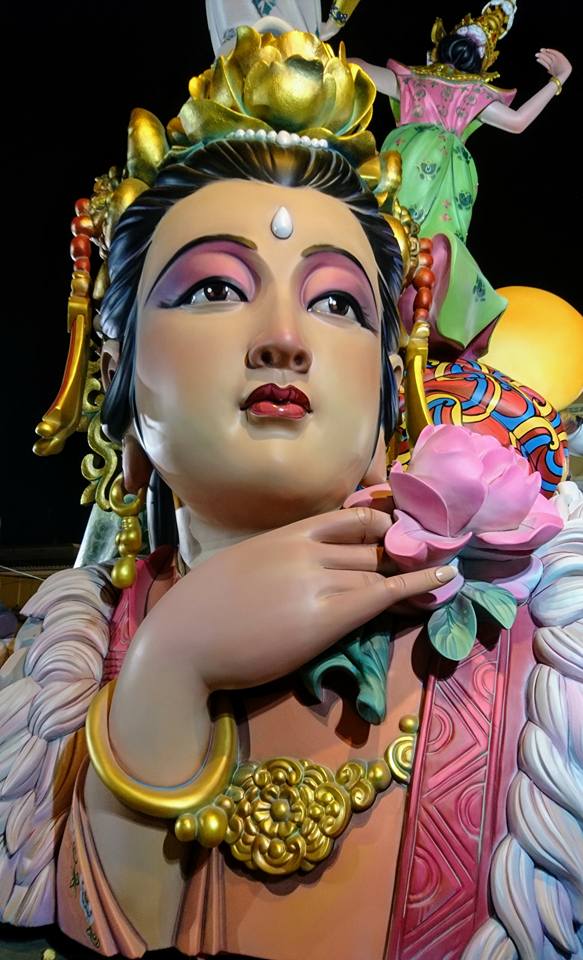
Photo: Linda Ferguson 
Photo : Fili Navarrete 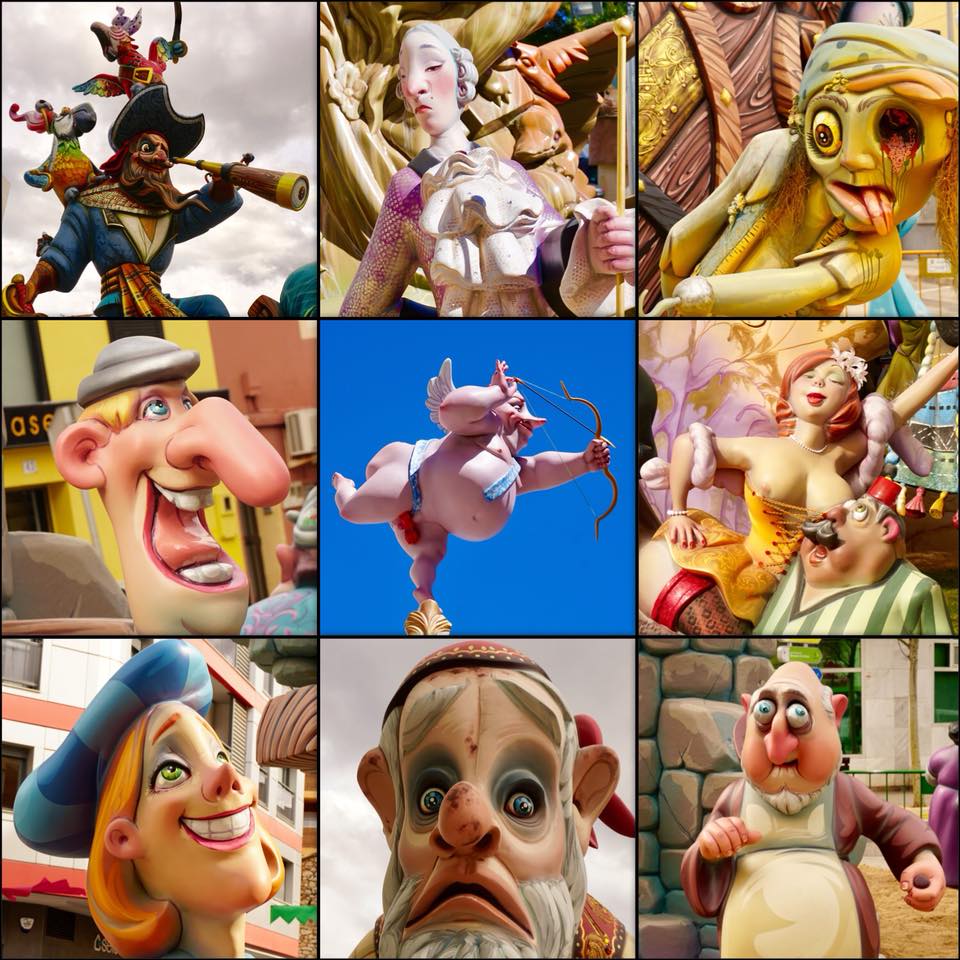
Photo: Nick Godfrey 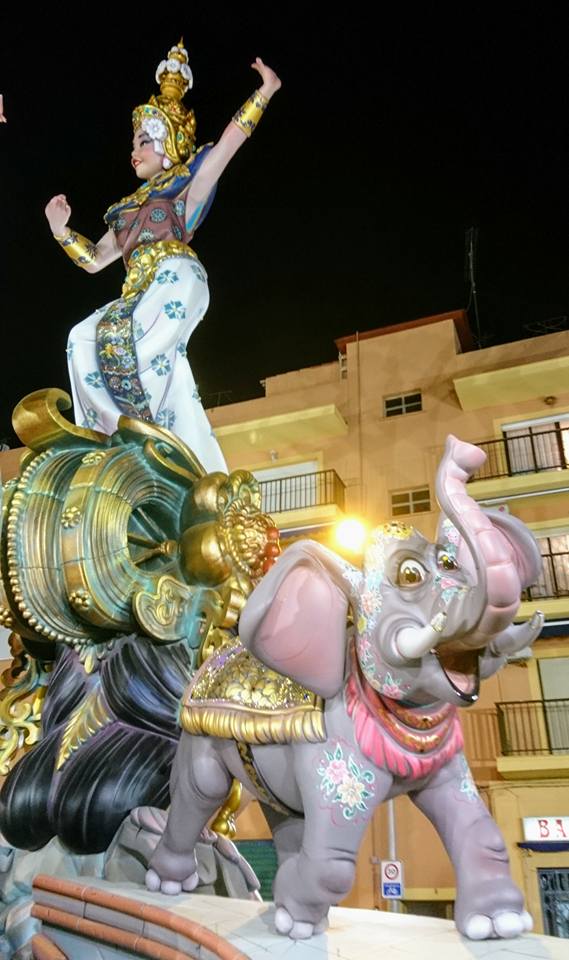
Photo Linda Ferguson 
Photo : Fili Navarrete 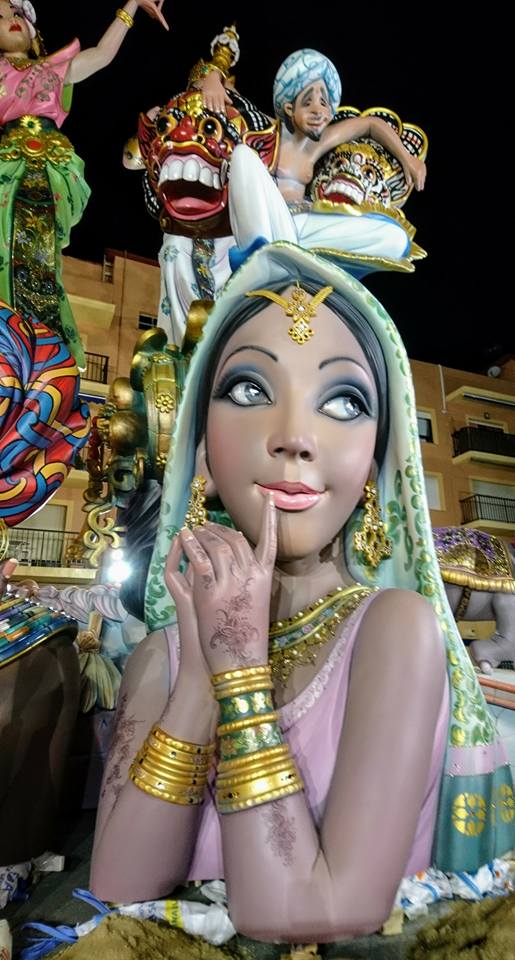
Photo: Linda ferguson
